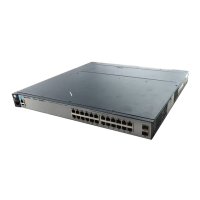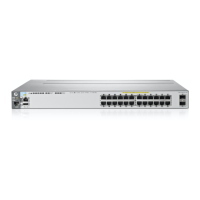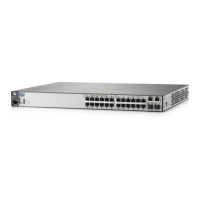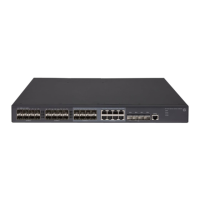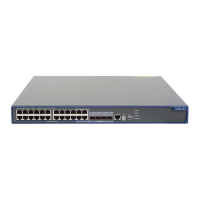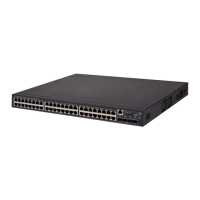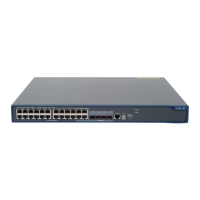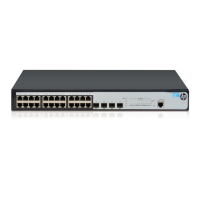9-14
Configuring Secure Socket Layer (SSL)
Configuring the Switch for SSL Operation
The security concern described above does not exist when using CA-signed
certificates that have been generated by certificate authorities that the web
browser already trusts
Using the CLI Interface to Enable SSL
To enable SSL on the switch
1. Generate a Host certificate if you have not already done so. (Refer to “2.
Generating the Switch’s Server Host Certificate” on page 9-6.)
2. Execute the web-management ssl command.
To disable SSL on the switch, do either of the following:
■ Execute no web-management ssl.
■ Zeroize the switch’s host certificate or certificate key. (page 9-7).
Using the WebAgent to Enable SSL
To enable SSL on the switch:
i. In the navigation pane, click on Security.
ii. Click on SSL.
iii. Click on the Change button.
iv. Check the SSL Enable box to enable SSL.
v. Enter the TCP port you desire to connect on. It is recommended
you use the default IP port number of 443.
vi. Click on Save.
To disable SSL on the switch:
i. In the navigation pane, click on Security.
ii. Click on SSL.
Syntax: [no] web-management ssl
Enables or disables SSL on the switch.
[port < 1-65535 | default:443 >]
The TCP port number for SSL connections (default:
443). Important: See “Note on Port Number” on
page 9-15.
show config
Shows status of the SSL server. When enabled web-
management ssl will be present in the config list.
